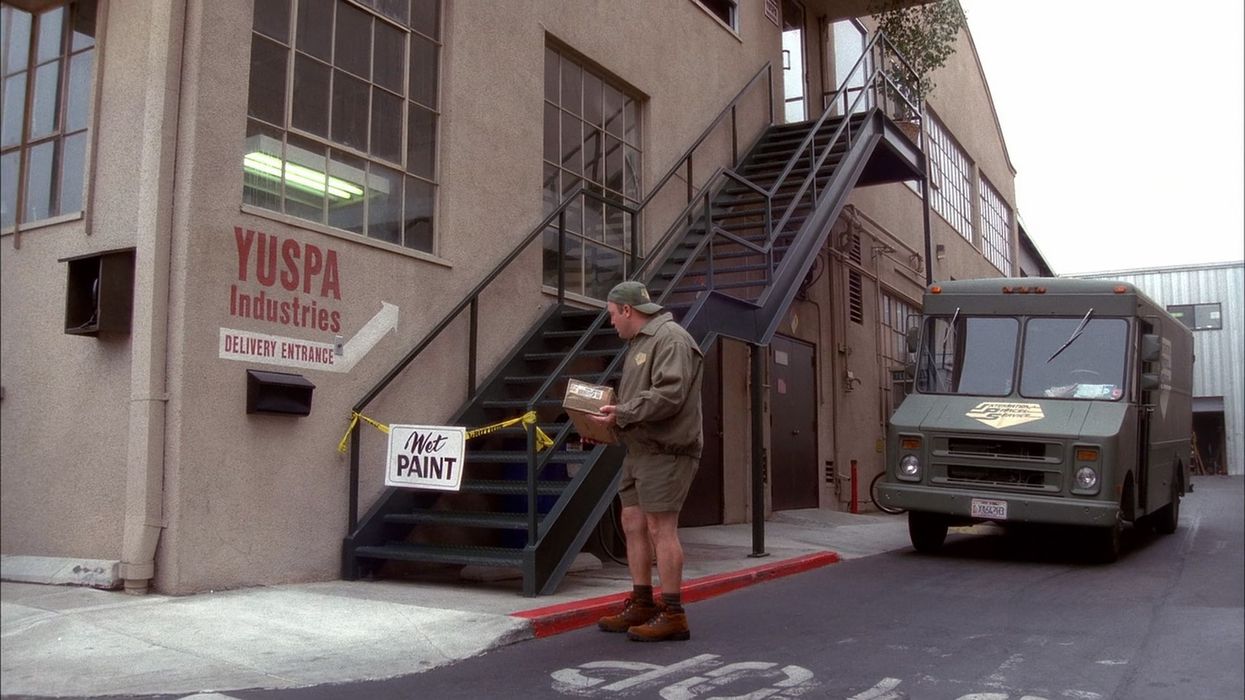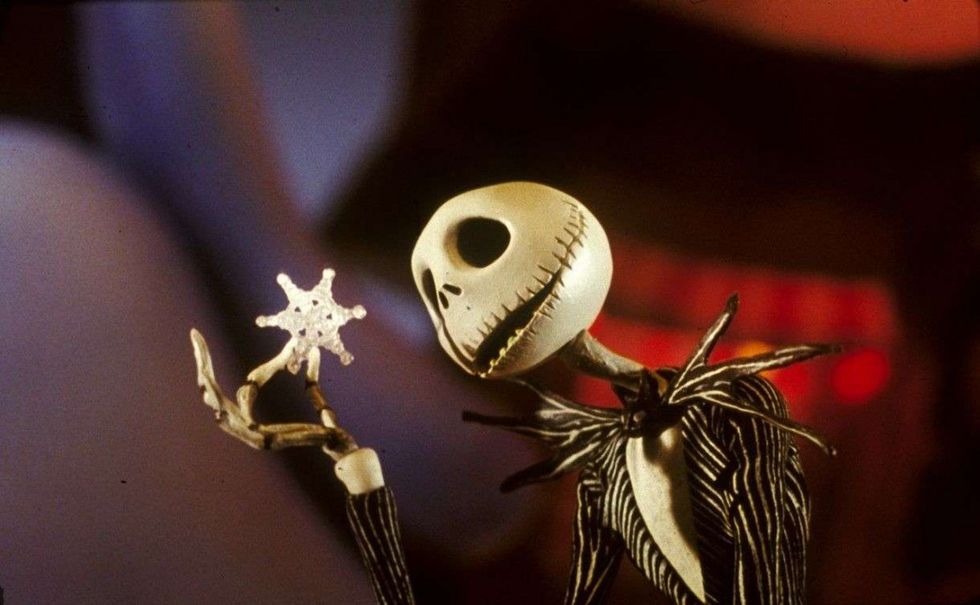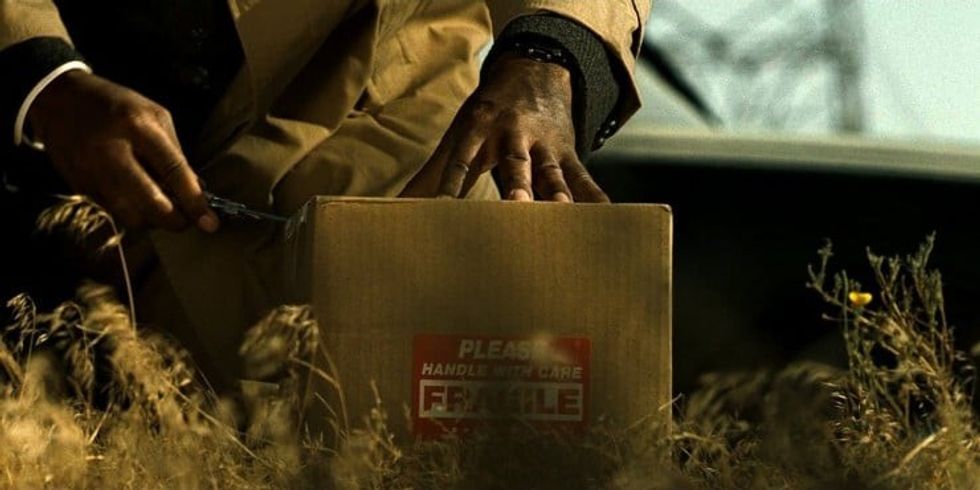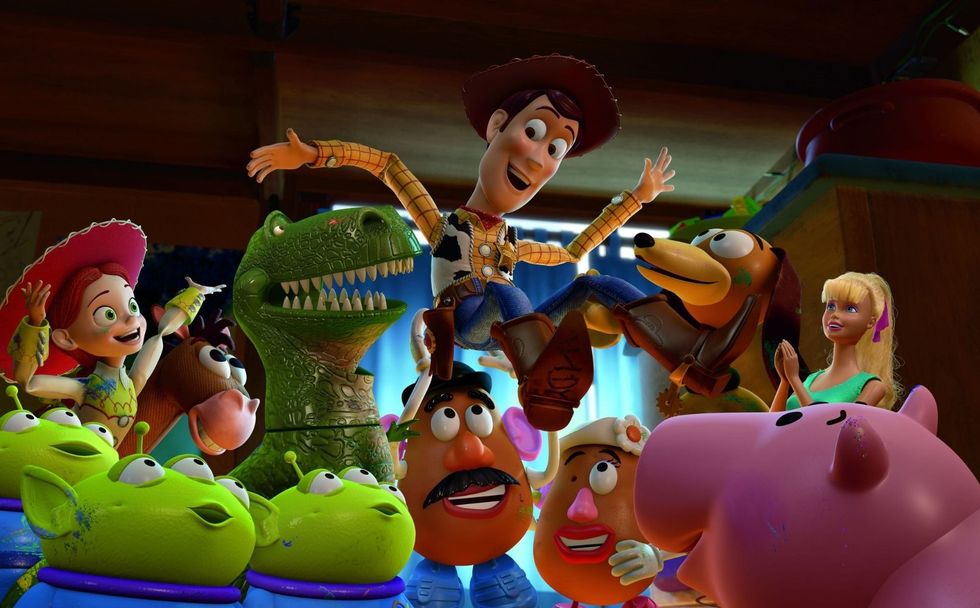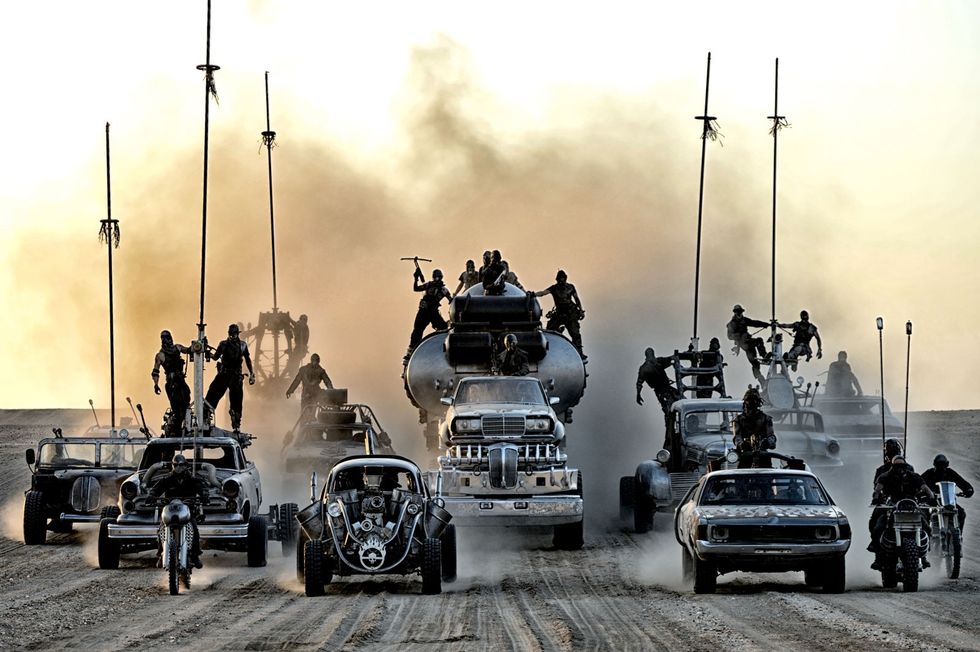HBO's 'Succession' Will Change How You Shoot and Edit
The writing on Succession makes it fun to watch, but the technical aspects of the show elevate it to one of the best on TV. Here's how they do it!
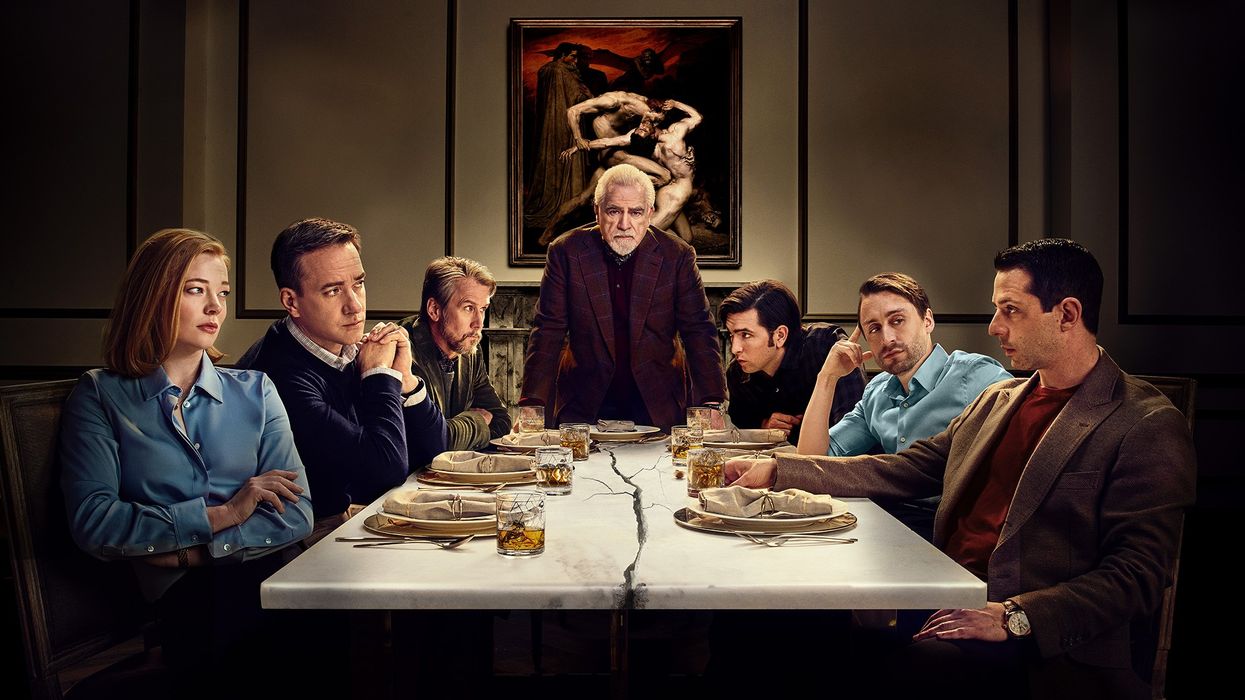
Succession is one of the best shows on television right now. It follows the Roy family as they decide who will take over the company after their patriarch experienced some health concerns. Somehow, hilarity ensues. The show's writing is lauded far and wide for painting the picture of these people and making them simultaneously terrible and likable.
While I usually spend my columns here jumping on that excellent writing bandwagon, I wanted to take some time out to highlight the more technical aspects that make a show like Succession not only feel real, but stick in our minds for days on end.
So let's talk about the editing, cinematography, and nuance that turned Succession into another HBO hit.
Meet the Roys
The Roy family and extended family are some of the best anti-heroes of this generation of television. They all talk quick, get to the point, and have no time for nonsense. Except for Greg. Who basically is nonsense.
While the Roy family is why you tine in, one thing I think that goes understated is why we buy them as the Roys.
The show's creator, Jesse Armstrong, a British TV writer and producer, told The New York Times:
“I don’t want to be in a fake version of the world."
To do that, they went next level and employ a consultant who worked at or for Viacom, Enron, and other companies with complicated succession plans. These consultants come to the writer's room and are peppered with questions about how businesses acquire assets, accrue debt, and what a chain of command looks like within these structures.
The consultants make the world feel real. And it's not just about plot talking points.
They tell the costumers about wardrobe. Like did you know the uber-rich never wear coats because they're not outside long enough to catch a chill?
These sort of small details go beyond in making everything have authenticity.
Armstrong ent on to tell the New York Times:
“It’s a dance, getting the world right but keeping it comprehensible, the audience needs to feel they’re in a real version of the world you are portraying, not have every nuance explicated.”
The Locations of Succession
You can write INT and EXT all you want, but when it comes time yo make the thing, you need a great creative team to have your back. That's why, when it came time to shoot the homes, board rooms, and helicopter pads, the show's producer, Adam McKay, knew they had to have the best team out there.
Having a team in place that can get you these elusive locations that shout wealth but also don't take away from the show or make it feel like Entourage is hard.
The team has a steady hand and is guided by that dance Armstrong mentioned above. This is a version of the real world and we're just getting a peak.
The Editing and Cinematography of Succession
On HBO, it's hard to be a show that's known for your electric writing AND your cinematography. I have a feeling that season two of Succession will help bolster the latter, but I wanted to take a look at a few clips to show you what I'm talking about.
This is a show that thrives on camera movement. We're constantly following characters in and out of scenes, down hallways, and pushing in on them.
The show has a very hand-held look which keeps us feeling like we're voyeurs in their reality. But it's not afraid to lock the camera down when necessary.
This clip from season one episode nine shows the camera on sticks, with snap zooms that again, feel like natural eye movement or documentary, but have a grounding effect in real life. Another thing to highlight in this clip is how fast the edits come.
They're at the same blistering speed of the dialogue.
In an interview with IndieWire, editor Anne McCabe described what it's like putting together an episode -- specifically the one entitled “Which Side are You On?”, which contained the infamous boardroom scene.
“It’s what’s fun about this show. The camera’s moving all the time. Andrij, he’s a cinematographer as well as a director, so he had this idea to have the camera swirling around in circles. It’s incredibly cool, but it is challenging because you don’t want to feel like you’re getting seasick or that we’re seeing half of someone’s head we don’t really want to see."
In the behind-the-scenes clip of the episode, you see how the writers want tension in the boardroom, and how the editor helps achieve that through the crosscutting and the camera moves achieved by the cinematographer. It's awesome to see things moving in tandem and working together not only on the page but in the technical process.
McCabe goes on to talk about this teamwork:
“You never want to be cutting in the middle of the snap zoom. You have to be careful of the timing of everything. But it can be very effective if it’s used for unsettling moments, the thing with any camera movement is you can’t manipulate it the same way you could a still shot that’s exactly where we want. Obviously, all the movement gives it a dynamic and makes things exciting, like any movement can. But certainly you don’t want to overuse it.”
But let's get down to the nitty-gritty, what does Succession shoot on?
Succession Technical Specs
Sound Mix: Dolby Digital
Aspect Ratio: 1.78 : 1 / (high definition) 16 : 9
Camera: Arriflex Cameras
Negative Format: 35MM
Cinematographic Process: Digital Intermediate (4K) (master format), Super 35 (source format)
The hard work is worth it
Succession‘s first season is up for five Emmys: Outstanding drama, drama writing, McKay’s directing on the pilot, outstanding casting, and Nicholas Britell’s original main title theme. That's a huge haul for the first season of any television show.
It's exciting to see season two unfolding and we'll keep you updated on the more technical aspects of the show.
What's next? Learn lenses from a professional cinematographer!
Cinematographer Newton Thomas Sigel explains the differences between wide-angle, normal and telephoto lenses.
Click the link to learn more!
